Even in an IT company, personal qualities and interpersonal skills are an integral part of the team player.
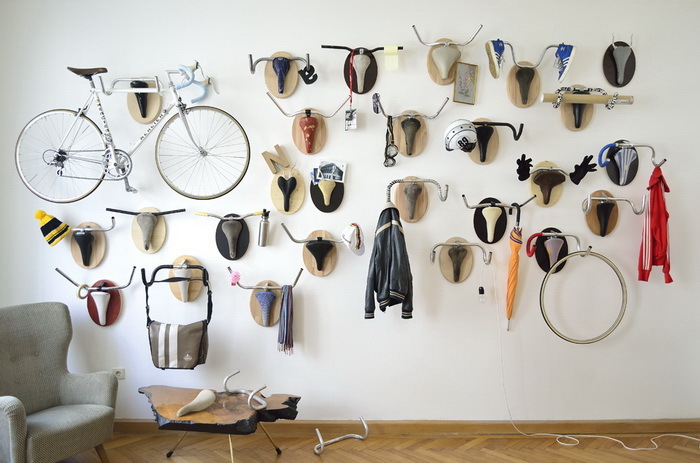
Where do ideas for new products come from? Evolution and stages of development of the idea. What are the principles of the formation of the project team? Tools to stimulate new ideas. We talked about all this at the last RIW / 16 forum. In this article, courtesy of Maria Kiegel, for Mediajobs.ru, you will find excerpts from a speech by Elena Koryakina , director of cloud technology at Parallels. By the way, the presentation is available here .
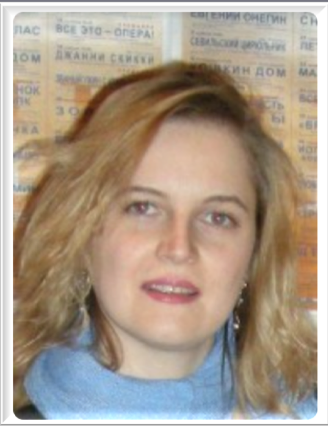
- I think we should start with the idea that a person generates ideas. A personality develops in the process of communication. Therefore, it is important for our company to build a professional team, ensure effective interaction between people and maintain a creative environment so that ideas do not die in the heads of our employees, but become real products .
')
Our principles
The first principle is to be closer to the people. Priorities that guide our company to develop promising areas are determined by business units and management. But the technical expertise has not been canceled. And so the business turns to us in the very early stages of creating a new product. For the team, this is extremely important because it understands what can influence the final decision making.
The second principle is a quick response to industry news. It must always be remembered that time is success. And always keep your finger on the pulse.
The third principle is that the whole team working on the project should know its user. She should understand that the user wants to see in the next versions what he doesn’t like at the moment. We now have a large team, so program managers and analysts thoroughly analyze the results of the Customer Experience Program (Parallels Products Quality Improvement Program), contact support, feedback on forums and social networks, and share the collected information with the rest of the development team. And when Parallels Desktop for Mac was developed, we all — team leaders, programmers, testers, support staff — sat on the forums, read the reviews, answered, and organized online technical sessions with our users online. The whole team saw the portrait of their user and tried to quickly respond to his wishes. This approach gives an understanding of where to develop further, and allows you to direct the flow of new ideas in the right direction.
The fourth principle - the fundamental - "Everything to collect ideas." We have absolutely the whole team involved in the generation of ideas for the next product. Before the start of a new project, its manager and program manager traditionally conduct surveys of our employees on the subject of ideas in this direction or in general any ideas they might suggest. The survey is conducted by e-mail, at special meetings with brainstorming, or an idea is born in a simple conversation, one on one, over a cup of coffee.
The fifth important principle is “Attention, a new product”. In our company, it is not customary to conceal the areas in which we work. Therefore, almost immediately, as soon as a new product appears, a new direction, the project manager sends out the relevant information, and any employee can join the development team or simply share their ideas and suggestions.
There is an idea, there is ...
In order to stimulate the generation of ideas from employees, we have tangible and intangible ways. We try to bet on intangibles, because the team is more stable when it works not only for remuneration, but for such things as recognition.
Let's start with the material. The idea is the most valuable thing that is in the company, so the company strongly promotes the design of the patent. The employee receives a financial reward and the ability to specify his list of patents, for example, in Linkedin, this increases his level as a professional.
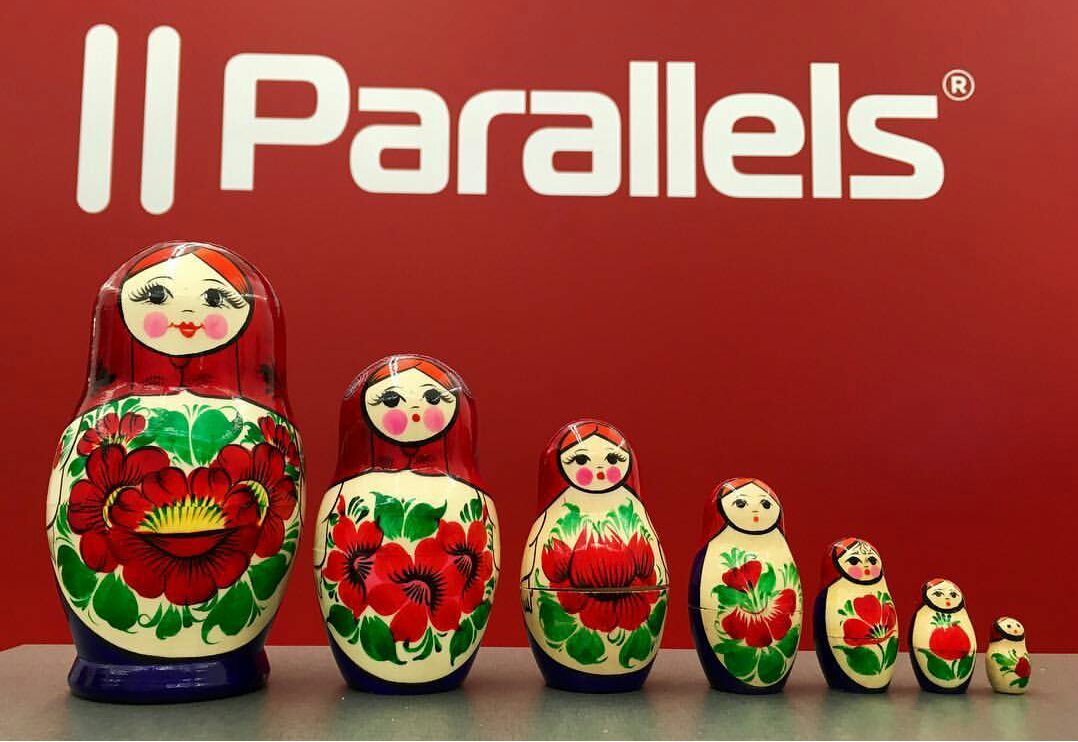
The second is avars. There is a global-avard, which is issued once a quarter for services to the company as a whole. A person from any division can be nominated for it. The winner is given a beautiful glass plate and a reward is added to it. But, as practice shows, recognition is important for people in creative teams. Therefore, we call them - avarde-recognition. During the year, people are nominated for Avard for a special contribution for the development of the company. For developers, this can be anything - a quickly developed feature, an interesting new process, a new idea. At the HR-manager - the number of attracted talented employees in the team. And on the New Year's Eve in a solemn atmosphere all this is presented. Why is it important? People see that they work in a professional team, that there are interesting people nearby who make cool products, and they want to continue to participate in it.
There are quite specific things. For example, we all know that items with company logo are T-shirts and so on - a hackneyed topic. But, oddly enough, if these things are done exclusively, so that people understand that having this or that thing is prestigious and interesting, it works. There was a case when we gave Lord of Patent jackets to people who generated many ideas and patents. And the developers actually came and asked - how would they get such a jacket. We answered - generate 10 ideas, and you will also have such a wonderful jacket. Oddly enough, it works.
If the idea got into the top 10 marketing ideas, and she deserved the user's interest, the person can get a new iPhone. There is such a practice, a nice tradition, when the project manager makes sandwiches with red caviar himself and treats his employees after the next release.
All this is aimed at ensuring that people feel that the results of their work are accumulated, and it makes sense to strain our brains and invest in the industry.
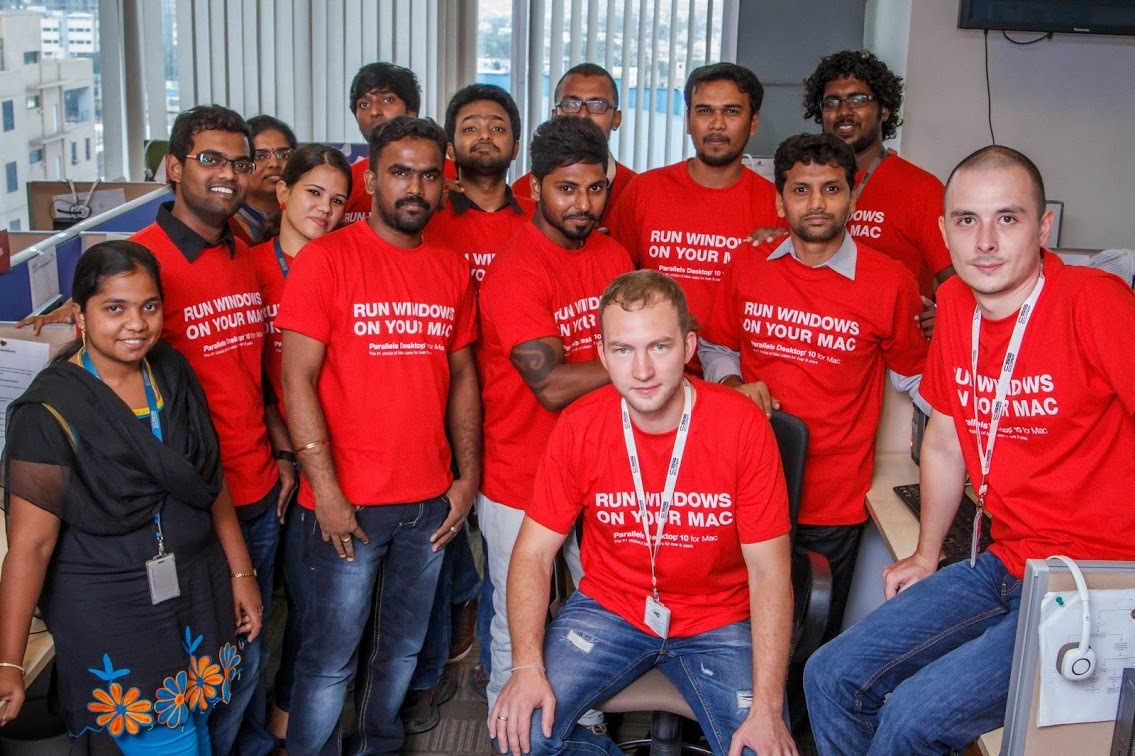
From idea to project
How does an idea evolve into a project? It can develop in several directions. The first is an idea that, let's say, is not currently in the trend of the company's development. We draw up a patent for it and put it in a piggy bank. This is such a " strategic fat " company. The next possible trajectory for the idea is a new feature in an existing product.
And the third option is when an idea arises from which some interesting project can turn out. It must be checked. In general, in parallel with the development of the basic product line, we have up to two pilot projects. They are organized with a minimum of resources - one or two self-management engineer plus program manager. Usually the program manager represents the interests of the end user. At this moment, the most important thing for him is to guess the portrait of the user who will be interested in this product. Several times we “fired” the solution when the idea first became a feature of a product that has already been established, has its own customer base, and we understood that it turns into something serious and can be reborn into a new interesting product. For example, as part of working on the next version of Parallels Desktop for Mac, there was a period when it was fashionable to talk about clouds, and we thought, why not perceive our local computers as a cloud? We can run applications for Windows and Mac at the same time, and it would be convenient for a person to work with these applications, documents and files remotely. This is how Parallels Access appeared, afterwards continuing its development as an independent product - convenient access to a desktop computer and work with applications on any devices. We began to actively increase and apply all our developments in the area of user experience (usability), and realized that we can do something more. So we came up with a magnifying glass in order to make it easier to work with documents on small screens of mobile devices. A similar story from our recently released product Parallels Toolbox. Now these products are used by hundreds of thousands of users.
A simple “shooting” idea often lies on the surface, it can be part of the functionality of already existing products, and it is important to catch it and not be afraid, developing and transforming, clinging with a new link to what is now, it is also a good opportunity to get feedback from users before the release of a standalone product.
Alone not fully warrior
Let's talk now about the project team. There are general principles for the evolution of a project team from a startup to an existing team, which has a product that is at the support stage and has a specific user. First, programmers write code that implements some functionality. Then there is an understanding of the importance of testing the quality of what has been developed, testers are involved in the team. Next, you need to work out the scenarios of potential users, select and describe new feature ideas that may be interesting and useful for them. There are program managers who start writing these scripts. That is, the minimum team that can effectively start working on a project is just three people - a programmer, a tester, and a program manager.

While there are few of them and the project participants work closely hand in hand, the separation of roles is not strongly felt, they are concentrated on the final result, the product as a whole. But as soon as we begin to add people to the project - there can be up to 100 people, we are faced with a situation where there is a team of professionals in which everyone sews his own button to his jacket, and does not pay attention to the jacket itself. To prevent this from happening, we try from every area, from each department to involve a person into the team from the very beginning, from the early stage of product creation and up to at least the moment of its release, transfer to the end user.
The product is taken, divided into directions according to functionality, feature ideas. A working group is created for each feature idea. From the very beginning, in each group there is one person from each unit - designer, developer, tester, program manager, support representative. They hold several sessions. And at the moment when functionality is born from an idea, they already clearly know what to expect at each stage of the project. This allows you to take into account all opinions in the early stages of discussions, to avoid mass alterations in the future, to make the result predictable at every step of the project. For a tester, it does not come as a surprise when programmers have completed their work, they have the opportunity to plan and prepare test plans in advance.
The second thing concerns the developer. The fact is that developers are often closed to people, they do some of their code, and where it goes further, with what it will be integrated and how it will get into production (will be available to users) - they are not so interested. To support the culture of an integrated approach and stimulate their own communication skills, we do the following - we assign the developer a “feature owner”, with his consent, of course. And he has the opportunity to prove himself - by the way, often quite successfully - as a coordinator. The task is to finish the work on the features completely. To coordinate their work with the work of their colleagues, to transfer the collected version to the testing, to check the conformity with what was stated in the original description, and to bring to production, to the end user. This is an important experience, each programmer, the owner of the feature, keeps the focus of the team on the product as a whole, roles are exchanged, and the team is working out the skill of more effective interaction with each other. In projects, there are often problems with the timing of the launch of the product. Developers are creative people, they want to do something, preferably without deadlines. When a person tries himself as such a mini-project manager, he begins to think about why there is such a thing as the deadline for the project, and having been in the shoes of the manager himself takes the process of achieving these deadlines more seriously. For the team as a whole, this is another good opportunity to feel shared ownership and product responsibility to the end user.
Another important thesis - it is important for programmers to switch. And we use this important factor in building teams in Parallels. Whether it is a new project team or the opening of a new office, we first form the backbone on the basis of our own specialists who are ready to convert their knowledge into another area. And only then gradually we add to the existing team of experts in this field from the outside.
Thus, we easily transfer the work culture from a project to a project and thereby save time on building processes, all participants know what to do and how, they start working immediately. The team is efficient, well-coordinated, and moves forward.
As for the possibility of remote work. The development department tries to keep the concept of work from the office. To do this, we make every effort to work from the office was effective, enjoyable and interesting. We compare our office with the film set of the cult film, where our programmers among colleagues can show their creative potential to the maximum, just like the actors manifest themselves by acting in exciting large-scale scenes. Beginners can communicate and learn from the experience of those who have already developed in this profession.
I Bozhena! (with)
Another question - who is preferable - the "star" or a team player? The "star" is vital in a team - on pilot, research projects, on brainstorming. But as the project grows, you should give preference to the team player. We are not talking about those cases in which we are lucky - when a person is very sociable, open to everything new. We are talking about capricious "stars". Or even about any people who have a rather complicated set of personal qualities. They often do not want to engage in any specific types of tasks. Or, if you are building up a team and new specialists appear in it, different opinions, they as experts can suppress the ideas of colleagues.
It is very difficult "stars" apply to the change of processes. It is clear that the team at the startup stage and the team at the finished product stage are different stories, and the project management methodology is different. And when you try to change these processes, the “star” can “fall ill” and begin to develop a negative background among other employees.
If it is impossible to agree with the "star", then the most effective one is to switch it to some individual project that is of interest to the company at the moment. But if there is no such project, and you have tried everything, then, no matter how sad it is to part with a professional, removing the "star" from the team leads to the improvement of the whole team.
We deliberately try to recruit people who have great potential and are ready to develop their professionalism in this area. Professionalism is a very important moment. But, despite the fact that we are an IT company, we focus on personal qualities and interpersonal skills, and we believe that this is an integral part of the modern team player. We do our best to develop these skills in our employees.
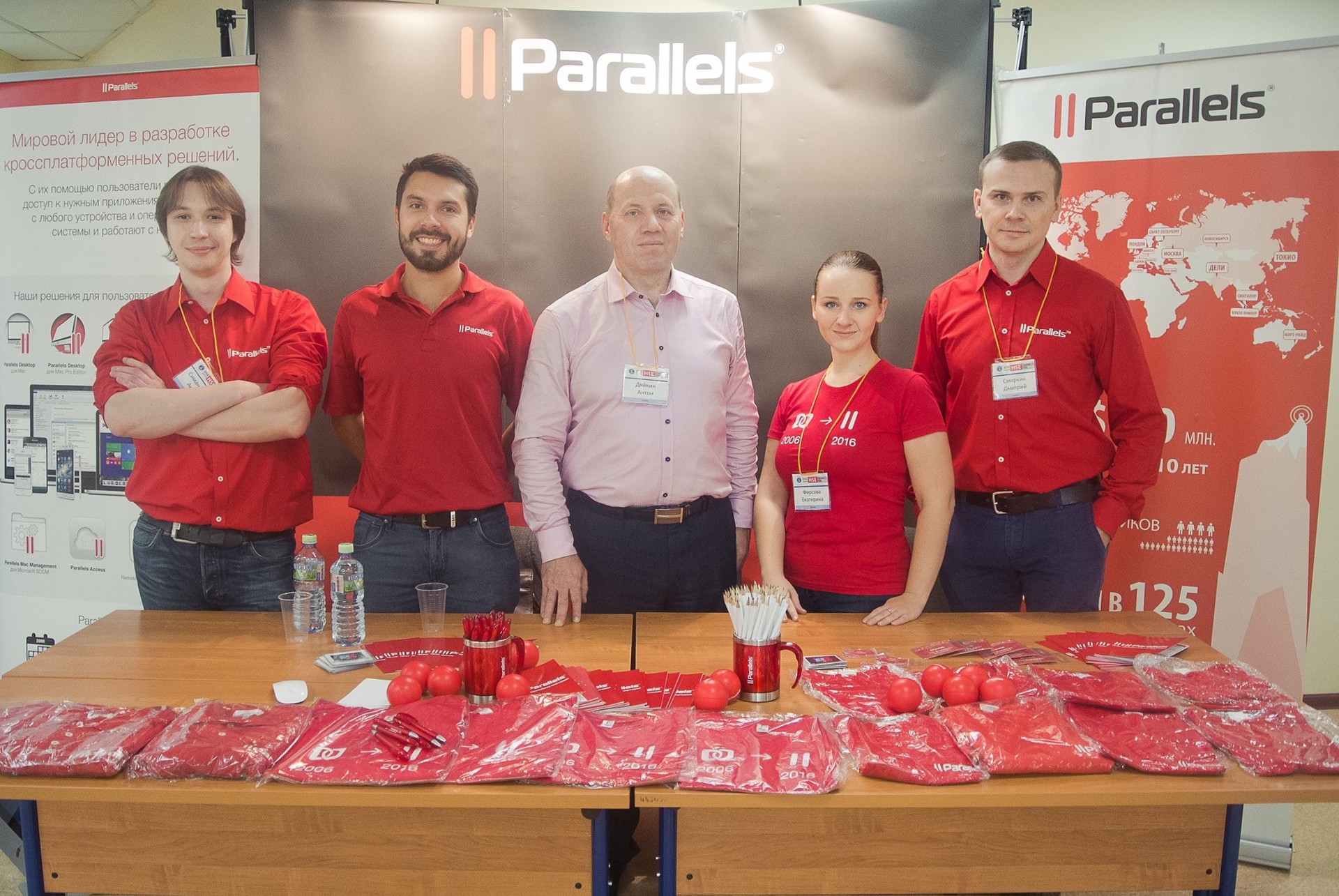
We have scientific curricula, there is a department at the Physics and Technology Institute, an agreement was signed with the Higher School of Economics and the Bauman Moscow State Technical University. And this is a great motivator for our own employees, another recognition is a real opportunity for them to influence the industry as a whole. The established professional knows how to do what he does well. And when such an expert is ready to leave the local team and share his experience, it is especially useful to support him in this, to “stir up” and connect to the curricula. Thus, professionals test their personal and communication skills, become more self-management people. And students get excellent experts with whom they can work out cases that are applicable in practice, and not only in theory. At the exit we have new specialists who come to our company, generate new ideas and create new interesting products for our users.
Source: https://habr.com/ru/post/315394/
All Articles